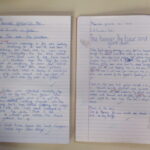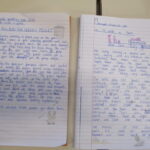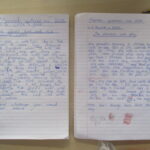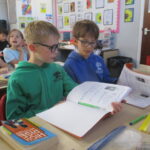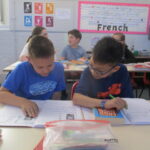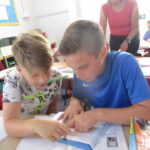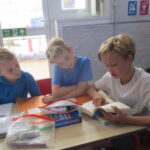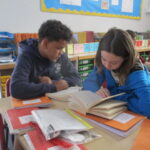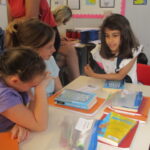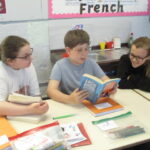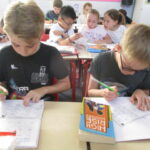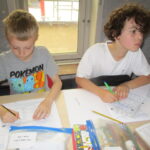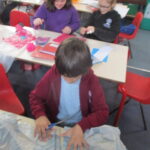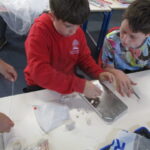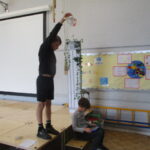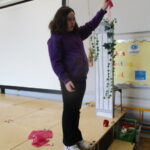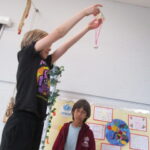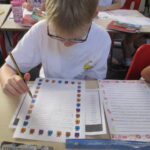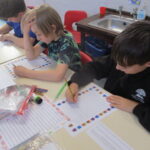This week in Maple Class, the children became familiar with a range of Aesop’s Fables, making links to their upcoming school play. They explored key features of fables, such as clear moral lessons, animal characters with human traits and simple plotlines with a problem and resolution. Building on this, the children planned and wrote fables, drawing inspiration from Aesop’s style and well-known fables.
Complementing their work in English, the children continued their reading of High Rise Mystery during ERIC sessions. They engaged with the text by responding to a range of comprehension, inference and vocabulary questions. Working with their learning partners, they discussed the author’s choices and considered how these contribute to the overall impact of the story.
In Art, the children continued to develop their drawing and shading techniques, practicing methods such as smudging, scumbling, stippling, hatching and crosshatching. They applied these strategies while drawing trees, experimenting with light and shadow to create depth and texture. In addition, the children were introduced to the artist Piet Mondrian. They learned about his use of bold lines, primary colours and geometric shapes and began to explore his distinctive abstract style.
In Maths, the children focused on comparing and ordering decimals with different numbers of decimal places. Additionally, the children took part in another Moneysense lesson, this time focusing on raising money for charity. They learned about the important role charities play in helping others and discussed how fundraising can make a positive impact on those in need. The children also explored the concept of budgeting, realising that planning their spending and managing finances effectively can help maximise profits for charitable causes.
Building on their mathematical work with numbers, the children also encountered a fascinating historical perspective on number systems in their History lesson. They explored the development of writing and the calendar during the Shang Dynasty and discovered how early Chinese civilisation recorded important events using oracle bones. The children learned about the significance of these artefacts in understanding ancient Chinese culture and practised translating numbers from modern numerals into the oracle bone script and vice versa.
This week in science, Year 5 have been exploring air resistance. The children made parachutes of different sizes, keeping everything else the same – like the weight, string length, and type of plastic used. They dropped them from a height and timed how long they took to fall. We discovered that parachutes with a larger surface area took the longest to land, showing they had the most air resistance.
In PSHE, the children watched a video that introduced the concept of initiating and nurturing conversations about mental health within the classroom. The video was linked to Mental Health Awareness Week, which runs from 12th to 18th May 2025, organised by the Mental Health Foundation. This year’s theme, ‘Community’, focused on how connection and belonging play a vital role in supporting mental health and wellbeing. The children discussed the importance of fostering a supportive environment where open conversations about mental health can take place.
The importance of communication, empathy and cultural understanding was also highlighted in a special exchange with their penpals in Greece. The children were excited to receive letters in which their penpals shared details about their favourite foods, family recipes, school snacks and weekend meals. In return, the children wrote thoughtful letters back, sharing their own favourite meals and describing their summer holiday plans. This activity supported children’s rights as outlined in the UN Convention on the Rights of the Child—especially Article 29, which encourages respect for different cultures.

